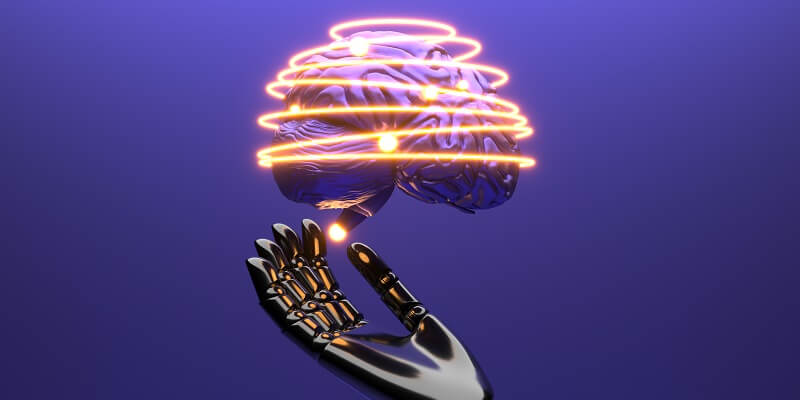In an era characterized by polarization, misinformation, and the erosion of truth and trust, the demand for a reliable source of truth has never been greater. With the rapid advancement of artificial intelligence (AI), numerous chatbots have emerged, offering potential solutions to provide accurate information and combat the spread of falsehoods. However, as we delve into the intricacies of these AI systems, we need to address the associated challenges and potential risks to ensure that the pursuit of truth is not hindered. This article aims to explore the development and implications of chatbots in creating a reliable source of truth and highlight the importance of responsible implementation and regulation.
Emergence of Multiple Chatbots
The AI landscape witnessed a surge in the development of chatbots following the release of ChatGPT. Industry giants such as Microsoft, Google, Tencent, Baidu, Snap, SK Telecom, Alibaba, Databricks, Anthropic, Stability Labs, Meta, and others quickly followed suit, introducing their own AI chatbots. These chatbots promised a multitude of applications, ranging from customer service to education.
Addressing Potential Issues
While the emergence of chatbots brings us closer to a reliable source of truth, it also raises concerns regarding potential biases, the spread of disinformation, hate speech, and other toxic content. To mitigate these risks, developers have implemented guardrails within these systems. These guardrails aim to minimize biases inherent in training data, prevent the generation of disinformation, and curb the propagation of hate speech and toxic material. However, continuous monitoring and improvement are essential to maintain ethical standards.
Anthropic’s Unique Approach
Anthropic, one of the chatbot developers, took a unique approach to address these concerns. They implemented a “constitution” for their chatbots, Claude and Claude 2. This constitution acts as a set of guidelines, ensuring that the chatbots adhere to ethical principles, avoid biases, and promote transparency. Anthropic’s constitutional approach sets a precedent for responsible AI development.
Concerns over Accessibility to Harmful Information
As language models become more advanced, concerns arise regarding the potential misuse of their capabilities. It is possible for malicious actors to exploit these models to obtain detailed instructions for illicit activities such as making bioweapons or defrauding consumers. Striking a balance between accessibility and responsible usage becomes crucial in maintaining societal safety and security.
The Negative Impact of a Fragmented AI Universe
Just as a fragmented social media and news universe can be detrimental to truth and trust, a fragmented AI ecosystem possesses similar risks. If various AI systems fail to achieve interoperability and ethical standards, they might inadvertently contribute to the dissemination of conflicting information, further polarizing society. Collaboration, standardization, and responsible implementation become imperative to foster a cohesive and trustworthy AI landscape.
Multimodal Applications and the Role of Digital Humans
One promising avenue for creating a reliable source of truth lies in multimodal applications—specifically, through the use of synthetic creations known as “digital humans.” Digital humans possess the ability to interact with real humans in natural and intuitive ways. They can efficiently assist and support virtual customer service, healthcare, and remote education scenarios. In a world craving authenticity, digital humans provide a unique opportunity to bridge the gap between humans and artificial intelligence.
Benefits of Digital Humans
Digital humans offer numerous benefits, particularly in their ability to provide personalized and empathetic interactions. They can dynamically adapt their responses based on the emotional state of the user, fostering a deeper sense of understanding and connection. Virtual customer service experiences can be enhanced, healthcare services can reach remote areas with limited resources, and education can be transformed through engaging virtual mentors. The potential of digital humans is extensive.
The rise of digital human newscasters
One intriguing application of digital humans is in the realm of news broadcasting. Early implementations of digital human newscasters are already underway, offering a glimpse into the future of media. These virtual news anchors have the potential to deliver information in a manner that is engaging, visually appealing, and captivating. However, it is crucial to maintain journalistic integrity and ensure that these digital newscasters adhere to ethical standards.
Manipulative Use of Video Content
As we enter an age where video content reigns supreme, there is a growing concern about the potential manipulation of videos for the purpose of manipulating opinions rather than disseminating accurate information. Imagine a world where news broadcasts, despite claiming objectivity, are subtly engineered to sway opinions. Such manipulation poses a significant threat to the pursuit of truth and reinforces the need for safeguards and regulations.
In an era plagued by polarization, misinformation, and eroding trust, the need for a reliable source of truth has become paramount. The development of chatbots and digital humans presents an opportunity to bridge this gap. However, it is vital to address the challenges and risks that come along with it. Responsible implementation, ethical guidelines, and constant monitoring are key to ensure that these AI systems remain true to their purpose: preserving truth and trust in society. By actively navigating the complexities of AI and fostering collaboration, we can pave the way for a future where truth reigns supreme.

